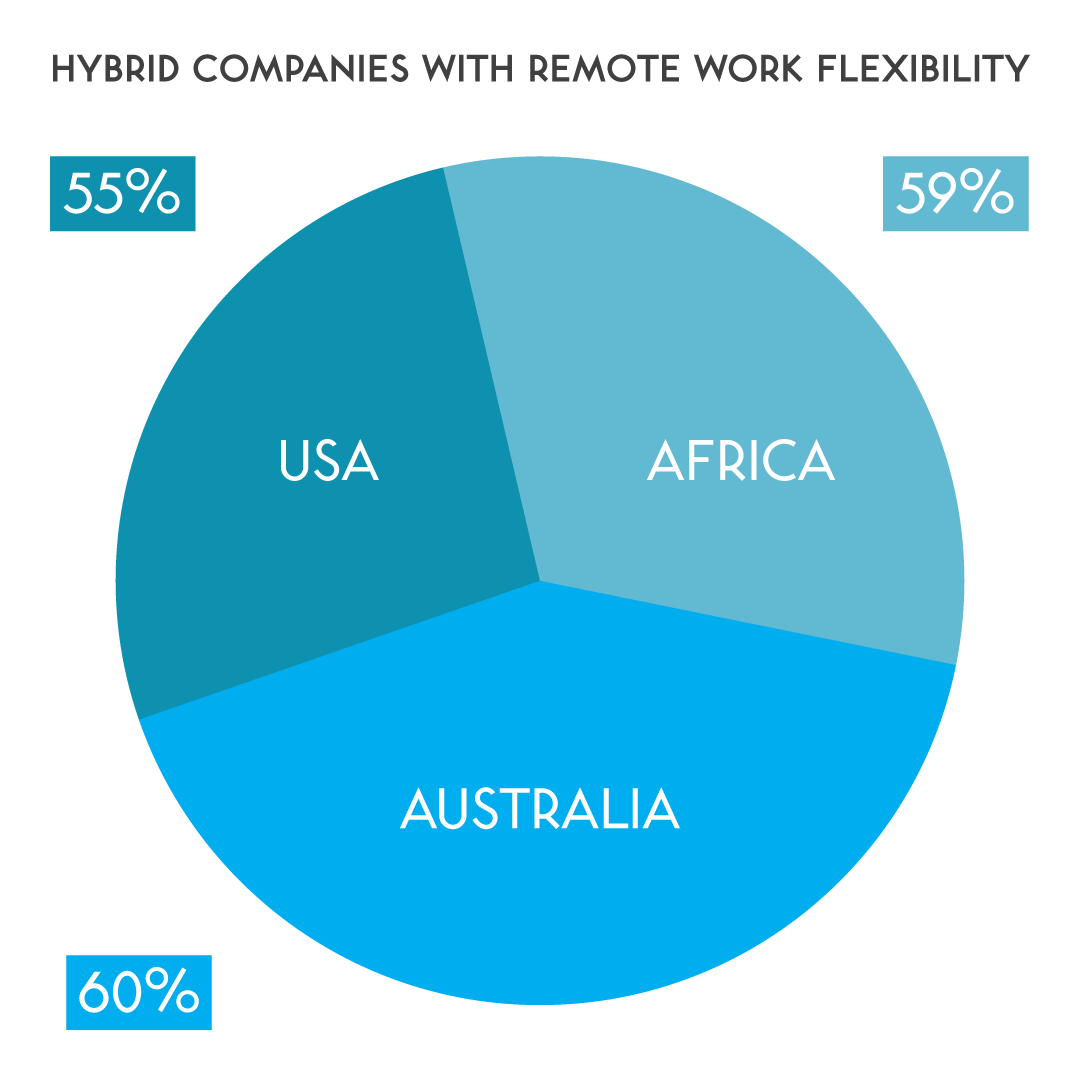
I was recently on a two-hour zoom meeting with several clients within the same organisation. It became apparent early on the call that they were all located in the same office but connecting from different rooms and cubicles, as none of the bigger meeting rooms were available.
Everyone had a giggle about it but I think the absurdity of the situation wasn’t lost on anyone, particularly when one of the participants mentioned it was one of only two days she spends in the office each week and this was her fourth zoom meeting of the day.
It reminded me of a meme I saw on LinkedIn recently that said ‘commuting to the office to sit in virtual meetings is like printing out an email’.
Australia is leading the charge on hybrid working, with 60% of the workforce now splitting their time between a workplace and a home office.
Any manager or CEO will tell you that for flexible working to work, it requires flexibility, strong communication, a clear culture and expectations and trust. But it also requires a sensible approach to not just when we work from home and when we work from an office, but what it is that we do in both those environments and dynamics to make the most of the time and be effective and productive.
Nothing will breed employee resentment quite like driving to an office and spending the day doing things that could have been more effectively achieved wearing pyjama pants.



